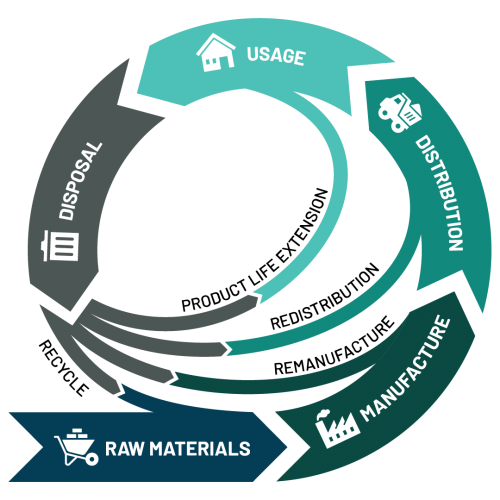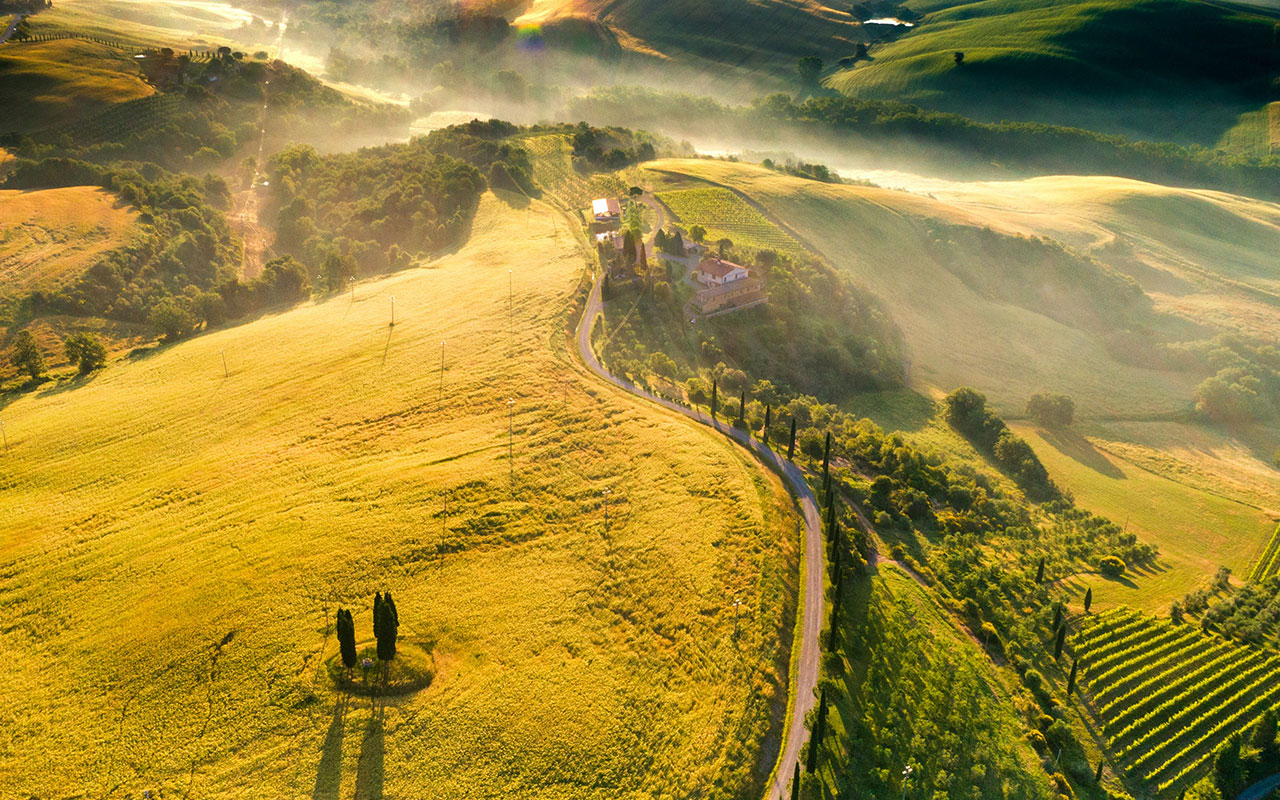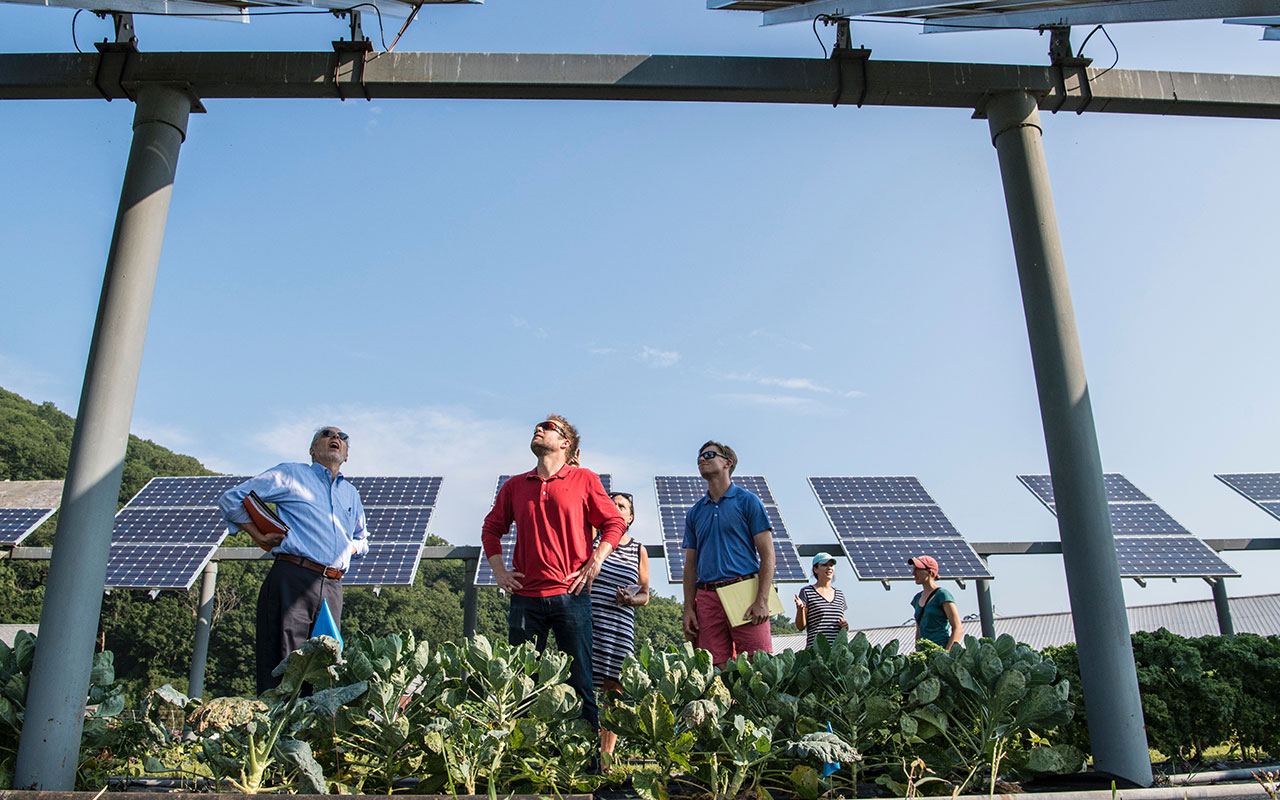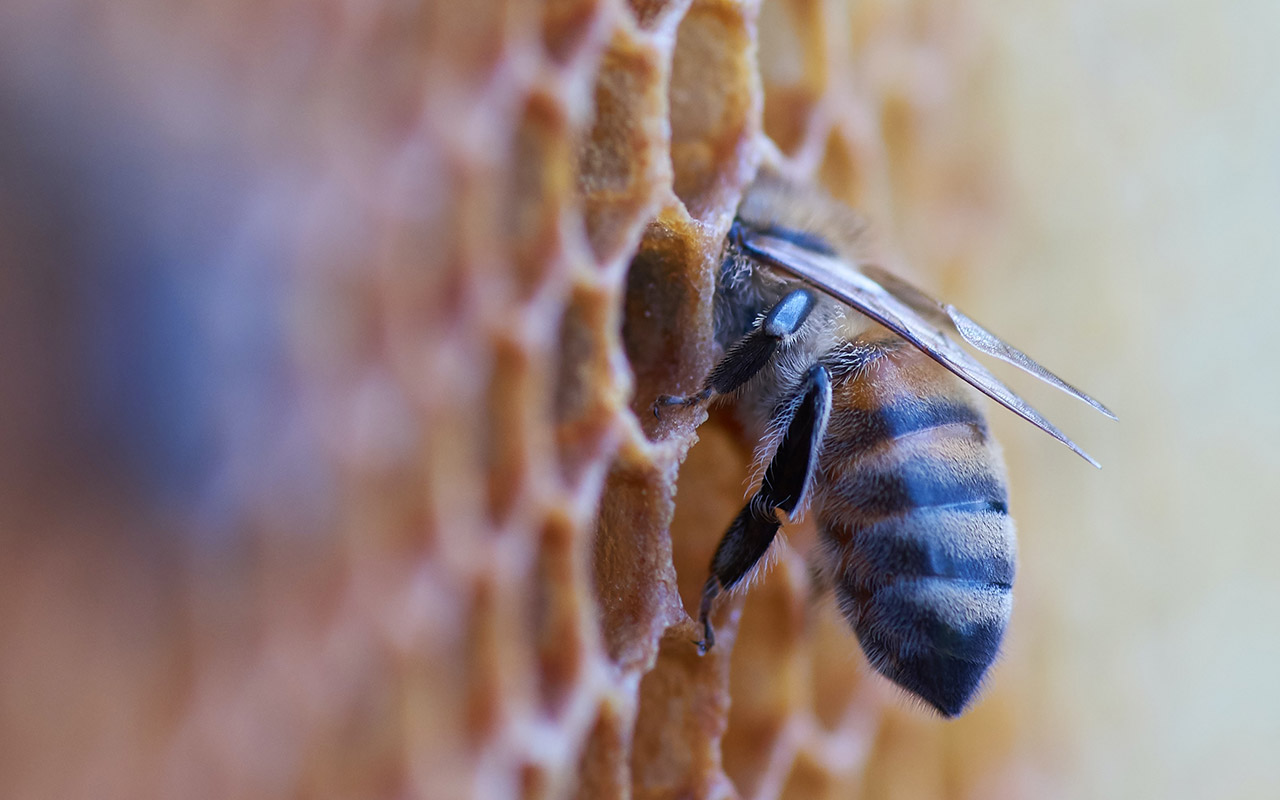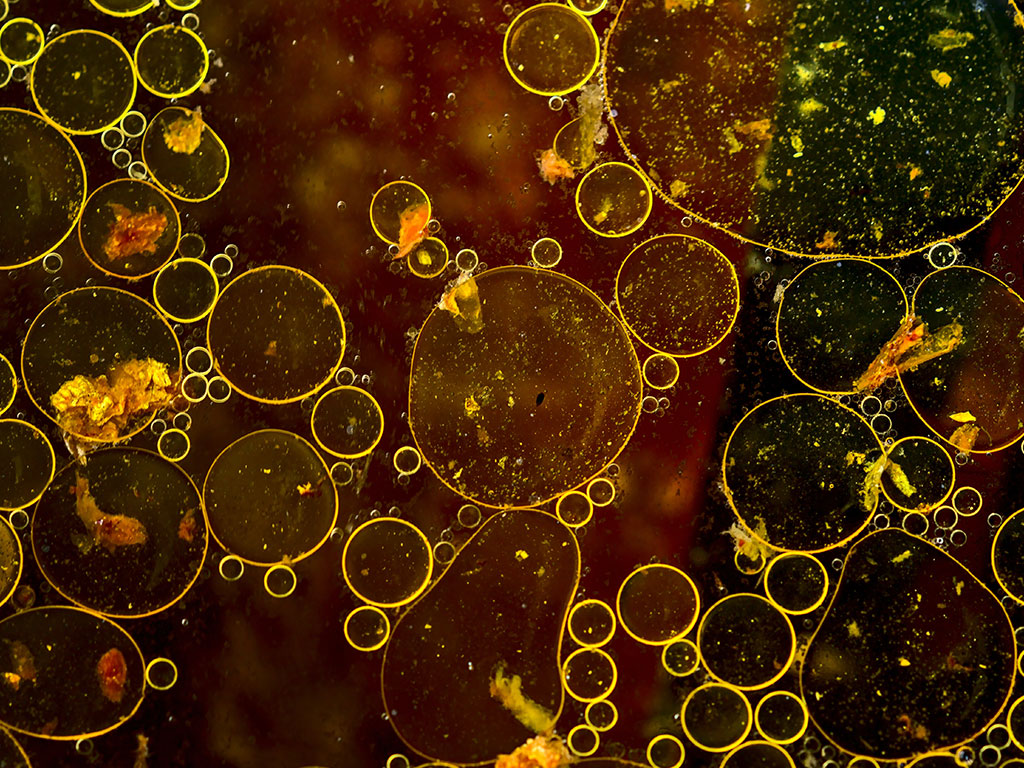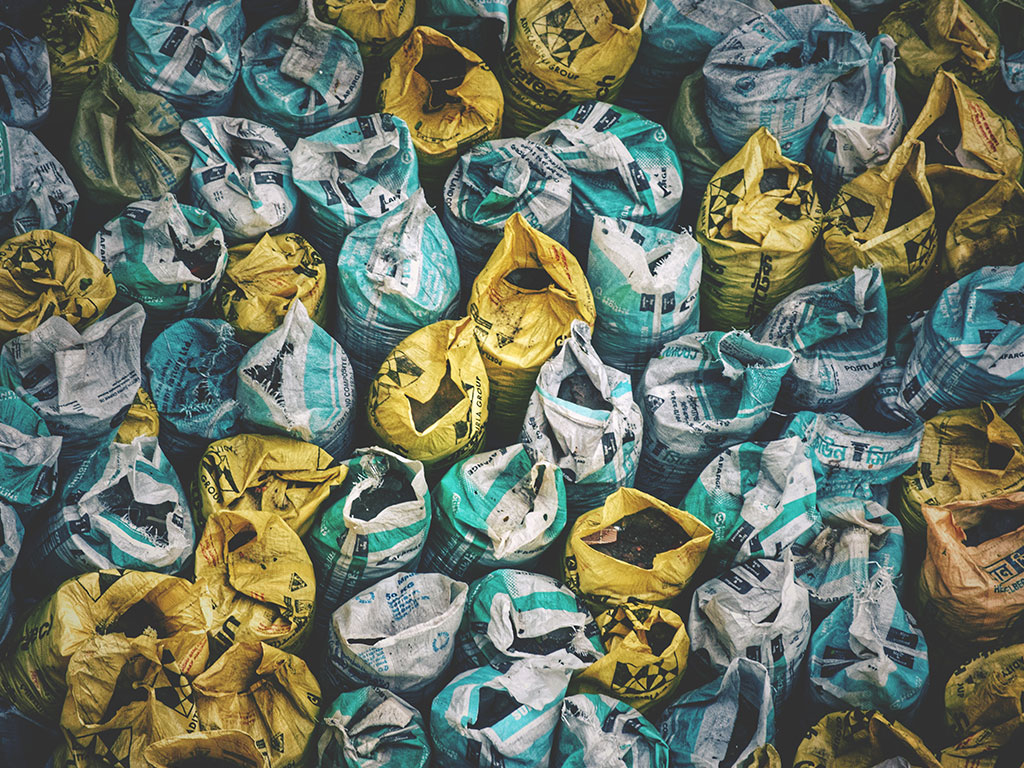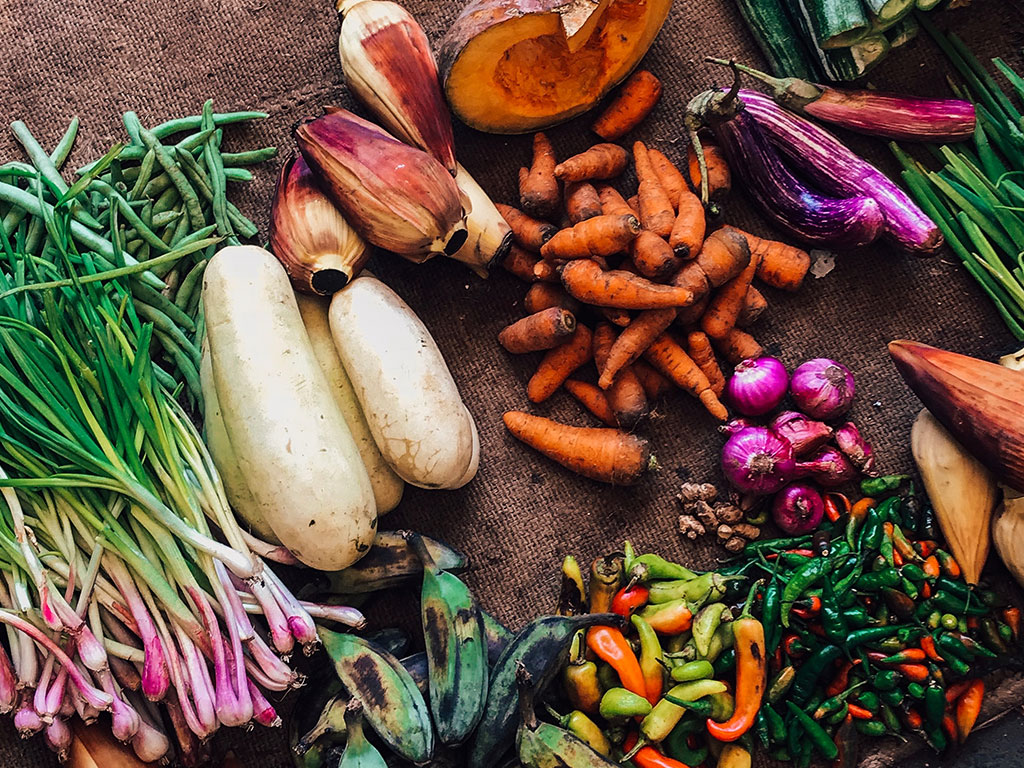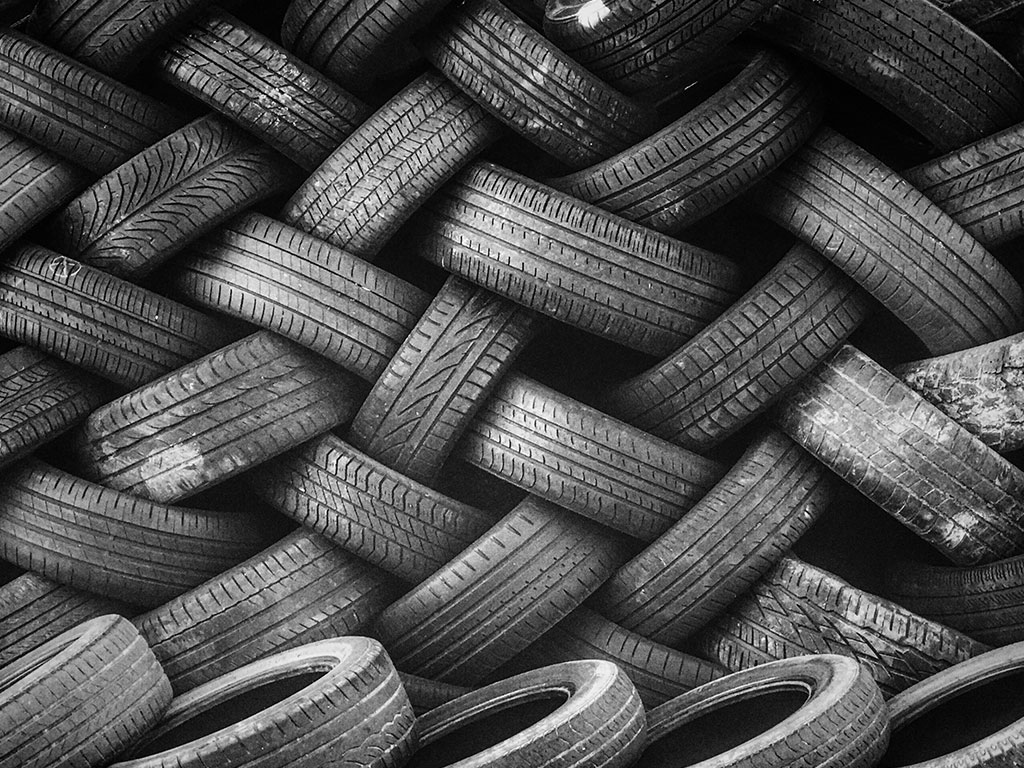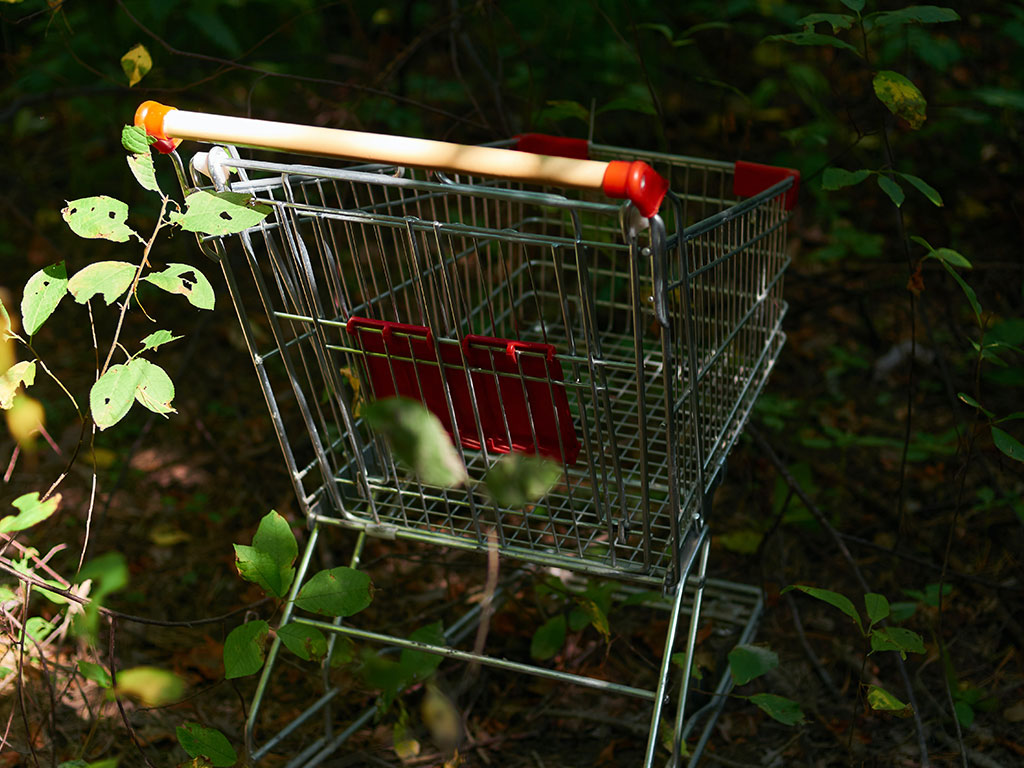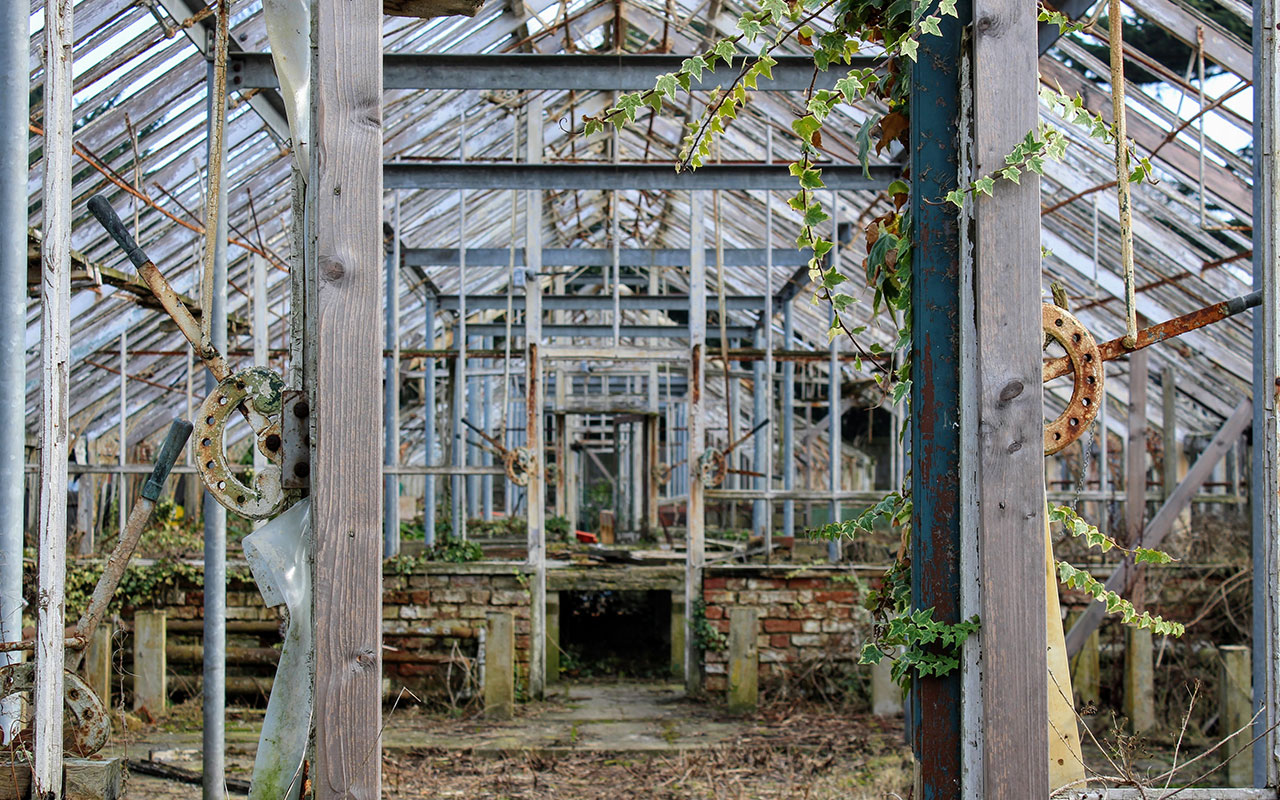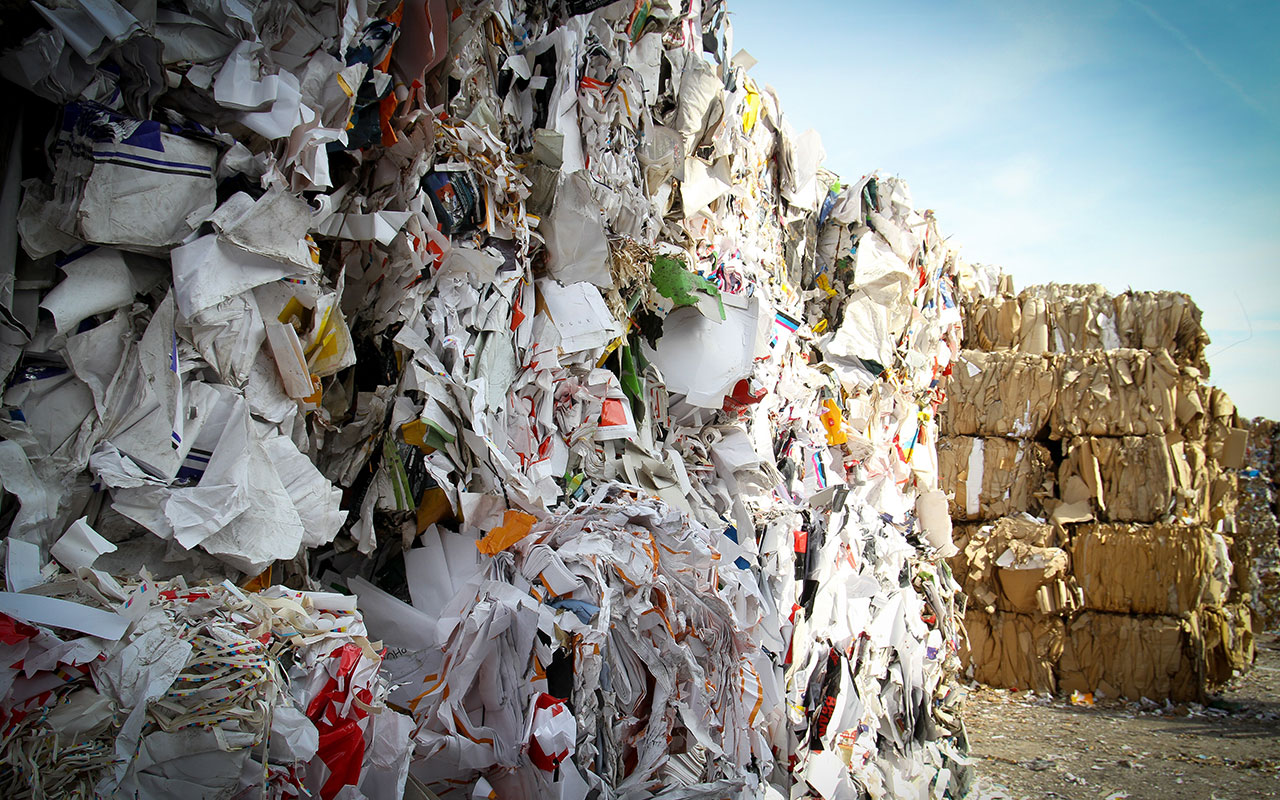Ever since the start of mass production, we are living in a culture of take, make, use and dispose – a culture of waste. Resources are used from nature to make products and when we no longer need them, we throw them away. This is called a linear economy.
But what if we designed products or used resources in a way that reduced waste? Instead of becoming waste at the end of their lifecycle, they could again become a resource? Or if waste from an industrial process could be used to feed in or create a new product and create additional revenue? This is what we call a circular economy.
This illustration shows 8.3 billion tons of plastic produced since its invention in 1950.
A circular economy is based on the principles of designing out waste and pollution, keeping products and materials in use, and regenerating natural systems. To find out more read about it on the Ellen Macarthur page here
Circular Economy Elements
Videos to inspire you
The Circular Economy - Ellen MacArthur Foundation
What is the circular economy? What does it look like in practice? Who’s doing it now? And how can you get involved?
Is this the Future of Global Food Systems?
Leontino Balbo Jr has developed an approach to organic sugar cane production with the potential to disrupt the whole agricultural sector itself.
Ostara Nutrient Recovery Solutions
Ostara Nutrient Recovery Solutions have developed a way to extract phosphorous from sewerage treatment to be used in agricultural fertilizer.
Ecovative Overview
Ecovative grows materials by combining agricultural crop wastes with mycelium (mushroom “roots”) to create sustainable biomaterials to replace plastic packaging
The Circulars 2016 Finalist - AgriProtein Technologies South Africa
AgriProtein Technologies recycles waste food nutrients into animal feed, oil, and organic fertilizer leading to environmental cost savings of over 112 million USD each year.
Drain Water Heat Recovery Systems
Simple heat recovery systems that can help to reduce water-heating energy consumption. The same principle applies from a residential to an industrial scale.
Oil from old tyres
QUT biofuel researchers have tested oil reclaimed from discarded tyres and found it can be mixed with diesel to produce a lower emission diesel engine oil.
Kalundborg Symbiosis 2018
The city of Kalundborg in Denmark has implemented a city-wide industrial symbiosis program.
What is Industrial Symbiosis?
Short video from EPOS Project about Industrial Symbiosis.
The Circular Economy - Ellen MacArthur Foundation
World Economic forum has several videos regarding the Circular Economy. They can be found here.
